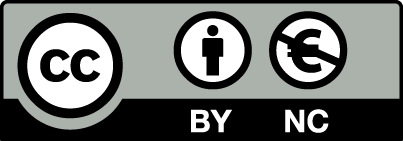Zusammenfassung:
Purpose: On the backdrop of the recent value versus growth debate in both academics and investment community, this paper investigates which is a better strategy, value or growth strategy. Design/methodology/approach: Reworking the Euler equation, this paper derives the relationship among return, profit growth, and risk. We use three different risk metrics proposed by Park and Fang (2021). We regress the value minus growth return on profit growth and risk variables to determine which is the primary driver of the return in the Korean stock market. The data run from 2000 through 2021. Findings: Our data show that the accumulated return on value minus growth stocks steadily increases over 2000-2012 in Korea, indicating that value stocks outperform growth stocks over the long horizon. Our regression results show that the time-varying risk effect reverts from negativity contemporaneously to positivity with a time lag, and its temporal effect is negligible when aggregated in time. There exists a positive long-run risk effect on the value minus growth return. However, the effect of profit growth on return is not significant, indicating that growth firms' profit prospect is not a factor in the determination of value minus growth return. Research limitations/implications: In the past, stock market uncertainty (risk) have been most caused by either financial system failures or technological innovations. Whether value stocks outperform growth stocks or vice versa may crucially depends on the causes of stock market uncertainty. We need to refine our model to account for the differences in the causes of stock market uncertainty. Originality/value: Our model is a first attempt to combine profit growth and risk in a unifying framework to explain the value and growth spread in the stock market. The conditional CAPM is a risk-based approach in which profit growth is not accounted for.

